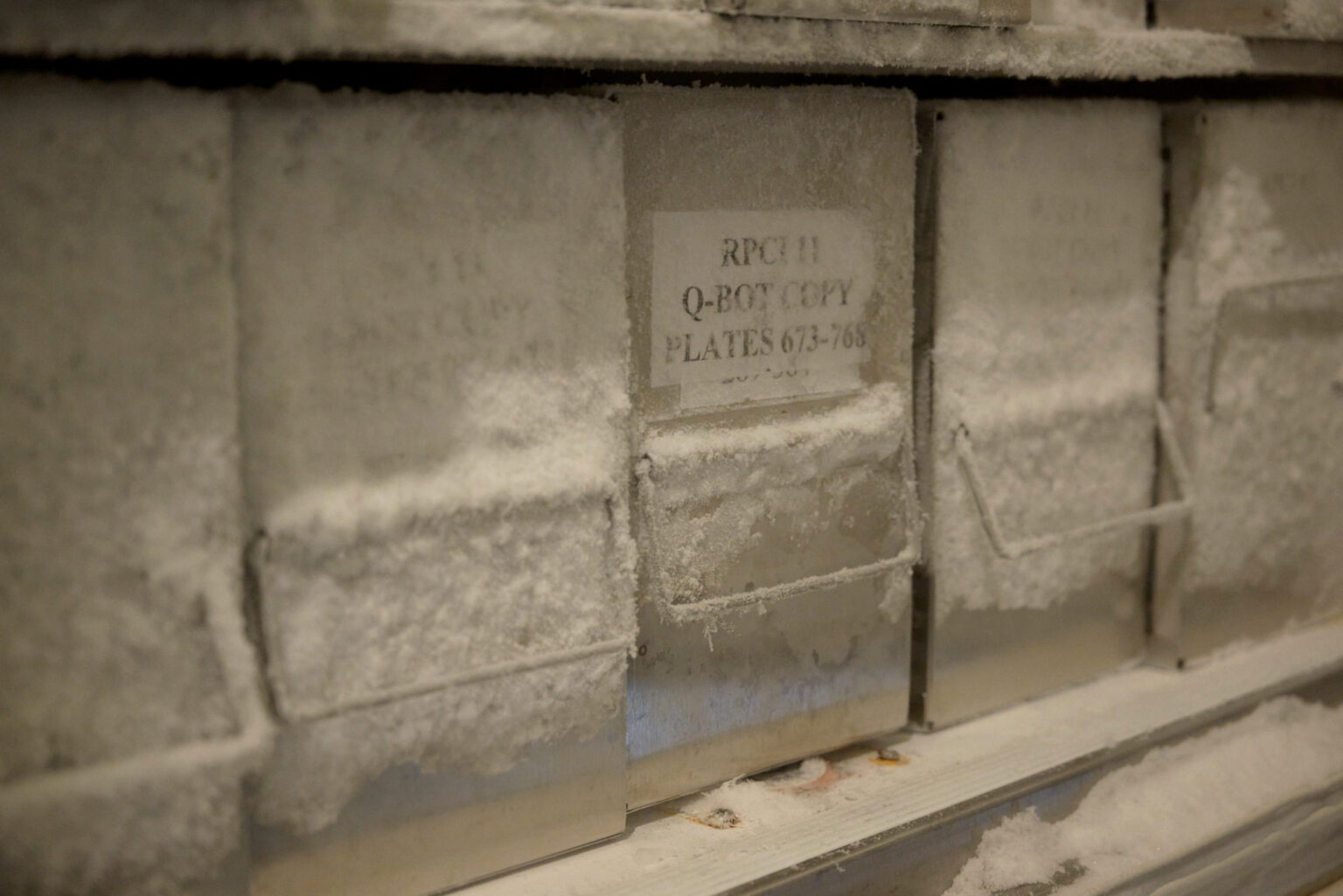by ASHLEY SMART

One person’s DNA became the centerpiece of a genetic sequence used by biologists the world over. Did he agree to that?
They numbered 20 in all — 10 men and 10 women who came to a sprawling medical campus in downtown Buffalo, New York, to volunteer for what a news report had billed as “the world’s biggest science project.”
It was the spring of 1997, and the Human Genome Project, an ambitious attempt to read and map a human genetic code in its entirety, was building momentum. The project’s scientists had refined techniques to read out the chemical sequences — the series of As, Cs, Ts, and Gs — that encode the building blocks of life. Now, the researchers just needed suitable human DNA to work with. More exactly, they needed DNA from ordinary people willing to have their genetic information published for the world to see. The volunteers who showed up at Buffalo’s Roswell Park Cancer Institute had come to answer the call.
To take part in the study was to assume risks that were hard to calculate or predict. If the volunteers were publicly outed, project scientists told them, they might be contacted by the media or by critics of genetic research — of whom there were many. If the published sequences revealed a worrisome genetic condition that could be tied back to the volunteers, they might face discrimination from potential employers or insurers. And it was impossible to know how future scientists might use or abuse genetic information. No one’s genome had ever been sequenced before.
But the volunteers were also informed that measures had been put in place to protect them: They would remain anonymous, and to minimize the chances that any one of them could be identified based on their unique genetic sequence, the published genome would be a patchwork, derived not from one person but stitched together from the DNA of a large number of volunteers. “If we use the blood you donate” to prepare DNA samples, the consent form read, “we expect that no more than 10% of the eventual DNA sequence will have been obtained from your DNA.”
Undark for more
